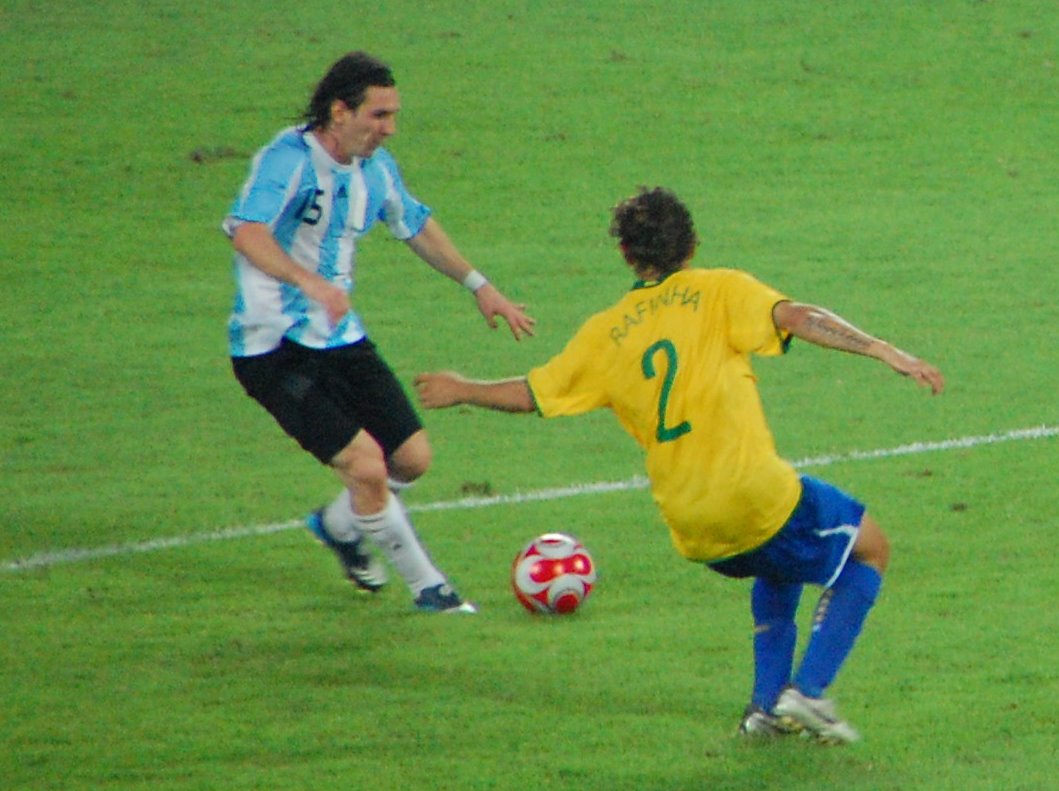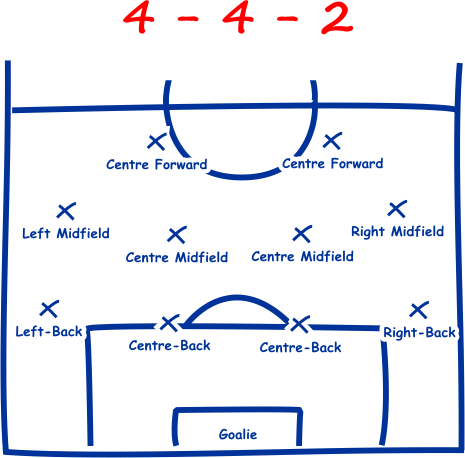In this post you can practise numbers in English with a listening activity.
Numbers - Listening activity
Learning the numbers in English is not difficult, but you need a lot of practice with them.
In this post you can practise numbers in English with a listening activity.
In this post you can practise numbers in English with a listening activity.
Spring - Idioms
Spring Idioms
Spring has just started in my country, Argentina. Argentina is located in South America, so our spring time runs from September to December.There are some interesting idiomatic expressions related to this wonderful time of the year. Some of them, because they're in English, refer to Spring as happening in the months of March, April and May.
|
A ray of sunshine
|
a person who brings joy when he or she arrives
|
|
April showers bring May flowers
|
the rain is
necessary to allow the plants to come back to life after winter
|
|
Be full of the joys of spring
|
to be very happy
|
|
Butterflies in my stomach
|
feeling
nervous about something
|
|
Hope springs eternal
|
People will keep on hoping, no
matter what the odds
|
|
Late bloomer
|
a person who
finally develops a skill later than others
|
|
March comes in like a lion and out like a lamb
|
March begins with colder
weather but then the temperature warms up and the snow melts
|
|
No spring chicken
|
no longer a
young person
|
|
Spring fever
|
to feel restless from the long
cold winter and to be full of joy that the spring has arrived
|
|
Spring into action
|
To suddenly
start doing something
|
|
Spring to life
|
to become suddenly alive or
more alive
|
|
Spring to one’s feet
|
to stand up
quickly
|
|
Spring up
|
to appear or develop suddenly;
to sprout
|
|
The grass is always greener on the other side
|
to think that
an alternative will be better, even though it probably won’t be
|
Adelante Africa - Reading and gap-fill exercise
Do you know any organization that helps children at risk?
Do you support any organization that works to support children at risk around the world?
There is one NGO called Adelante Africa that works hard to help children in Uganda to have an education, but most importantly to have a better life.
You can read about how it all started in the article below. As you read you can practise your English completing the blanks with the missing words.
Do you support any organization that works to support children at risk around the world?
There is one NGO called Adelante Africa that works hard to help children in Uganda to have an education, but most importantly to have a better life.
You can read about how it all started in the article below. As you read you can practise your English completing the blanks with the missing words.
Passive voice - practice
The quote in the image shows an example of the Passive Voice.
The following exercise provides practice for Passive voice.
You can find more practice in this link.
The following exercise provides practice for Passive voice.
You can find more practice in this link.
The history of tennis - Reading
The history of tennis
Tennis is believed to have its
origins thousands of years ago. There seem
to be indicators suggesting that the ancient Egyptians, Greeks and Romans
played games that can be considered precursors to tennis. However, there is more substantial evidence
since around 1000. At that time, French
monks began playing a kind of ball game against their monastery walls, or over
a rope hung across a courtyard. This
game was called ‘je de paume’ (game of the hand). According to this theory, the word ‘tennis’
comes from the French word ‘tenez’, which means ‘to take’. The monks would shout the word ‘tenez’ while
they served the ball.
The game grew in popularity over
the years, adopted by the nobility throughout Europe. Apparently, the game became so popular that
by the 13th century there were about 1,800 indoor courts. Authorities, such as the Pope, or King Louis
IV, tried in vain to ban the game.
In England, both Henry VII and
Henry VIII were avid tennis fans and commissioned the building of many courts
across the country.
As the game became more popular,
it evolved. Courtyard playing areas
became indoor courts; the balls, which were initially made of wood, became
softer and bouncier and they were made of leather and filled with cellulose
material. The game was originally played
using the hand, but over time people began wearing a glove, later a webbing
attached to a handle, and by 1500, a wooden frame racquet laced with sheep gut
was in common use. The ball at that time
was a cork ball weighing about three ounces.
However, the game of ‘court’ or ‘real’
tennis, as it is referred to today, was totally different to the sport we know
today. The game’s popularity decreased
during the 1700s, but after Charles Goodyear invented a process for rubber
called vulcanisation, the tennis balls were made with this material and became
much bouncier. The game could be played
outdoors on grass, and that was the foundation for modern tennis.
Croquet was widely played in
England at that time, providing a ready supply of smooth outdoor courts, which
could be easily adapted for tennis. This
‘marriage’ between croquet and tennis was strengthened when the All England
Club Croquet decided to hold the first Wimbledon tennis tournament in 1877. The event was initially organized to raise
money to fix something at the club.
However, it soon evolved into the most prestigious tennis event in the
entire world. The club changed its name
to the All England Croquet and Lawn Tennis Club.
Wimbledon and tennis have not changed
much since that first tournament. The
rules have remained virtually the same, with the only major change of the
introduction of the tiebreak rule in 1971.
Lionel Messi - His biography - Listening
Lionel Messi
Lionel Messi is considered the best football player of the world.Watch this video from Bio. about Lionel Messi and then answer the questions below.
Soccer positions - Reading and vocabulary
Football positions
How much do you know about football or soccer? Do you know that the players positions in the field may change from match to match? How the players are positioned in the pitch is determined by the coach, taking into consideration the strengths and weaknesses of the team's players in relation to the opponent's team.
The different strategies used are normally known by numbers, e.g. 4-4-2 or 5-3-2. These numbers give the idea of how many players are located in the defense, the midfield and the forward area.
Tactically organized teams can beat teams with better players. Teams often lose not due to the lack of effort or technical ability but because of lack of organization or not getting the best from the players they have.
The following images show some football formations:
A bit of history
In the football matches of the 19th century defensive football was
not played, and the line-ups reflected the all-attacking nature of these
games.
In the first international game, Scotland against England on 30 November 1872, England played with seven or eight forwards in a
1–1–8 or 1–2–7 formation, and Scotland with six, in a 2–2–6 formation.
The 2–3–5 was originally known as the "Pyramid", with the numerical
formation being referenced retrospectively. By the 1890s, it was the
standard formation in England and had spread all over the world. With
some variations, it was used by most top level teams up to the 1940s. It was this formation which gave rise to the convention of shirt numbers.
The Danubian School of football is a modification of the 2–3–5 formation
in which the centre forward plays in a more withdrawn position.
The Metodo was devised by Vittorio Pozzo, coach of the Italian national team in the 1930s.
It was a derivation of the Danubian School. The system was based on the
2–3–5 formation, Pozzo realised that his half-backs would need some
more support in order to be superior to the opponents' midfield, so he
pulled two of the forwards to just in front of midfield, creating a
2–3–2–3 formation. This created a stronger defence than previous
systems, as well as allowing effective counter-attacks.
Other systems were devised in order to improve the game, such as the WM, the WW, the 3-3-4, the 4-2-4, etc.
In modern football the formations are flexible allowing tailoring to the needs of a team,
as well as to the players available. Variations of any given formation
include changes in positioning of players, as well as replacement of a
traditional defender by a sweeper.
Some positions explained
The 4-4-2 is a very common formation. This formation was the most common in football in the 1990s and early 2000s. With four defenders four
midfielders and two strikers it is a very stable formation. Famous teams
that used the 4-4-2 formation are AC Milan of the late 1980s and early
1990s and recently Manchester United.
The 4-4-1-1 formation is a variation of 4–4–2 with one of the strikers playing "in the hole", or as a "second striker", slightly behind their partner.
The second striker is generally a more creative player, the playmaker,
who can drop into midfield to pick up the ball before running with it or
passing to team-mates.
The 5-3-2 formation is a very defensive formation, having five defenders three midfielders and two strikers.
This formation has three central defenders (possibly with one acting as a sweeper)
This system is heavily reliant on the wing-backs providing width for
the team. The two wide full-backs act as wing-backs. It is their job to
work their flank along the full length of the pitch, supporting both the
defence and the attack
If you are interested in getting more information about the different formations, you can visit the links below.
Football formation.com
Wikipedia.org
Wikipedia.org
Wikipedia.org
Wikipedia.org
Soccerlens.com
You can check how much you know about football players positions with the following crossword:
Football players
How well do you know the players positions in football?
| 1 | 2 | ||||||||||
| 3 | |||||||||||
| 4 | |||||||||||
| 5 | |||||||||||
| 6 | |||||||||||
| 7 | |||||||||||
| 8 | |||||||||||
| 9 |
|
|
||||||||||||||||||||||
Subscribe to:
Posts (Atom)









.png/220px-Metodo_(ENG).png)




